Results
The following is a comparison of two objects imaged in a short period of time, one with the ProPlanet 642 BP IR-pass filter filter and the other without. The camera used was ZWO’s ASI6200MM Pro.
In the following comparison, the image without the filter is naturally much brighter in the background. So the stretching and leveling is done so that the background level and contrast are almost the same with and without the filter.
Both of these results show the improvement of the signal-to-noise ratio, which results in an increase in the number of faint stars that can be identified.In addition, the shape of the galaxy is clearer and fainter areas can be seen. These results suggest that the use of a red to IR pass filter is valuable.
You may also be interested in this result in a one-shot color camera with high infrared sensitivity.
Comparison with NGC1784 galaxy in Orion
Both are live stacked images of 5 seconds/frame x 30 frames using SharpCapPro.
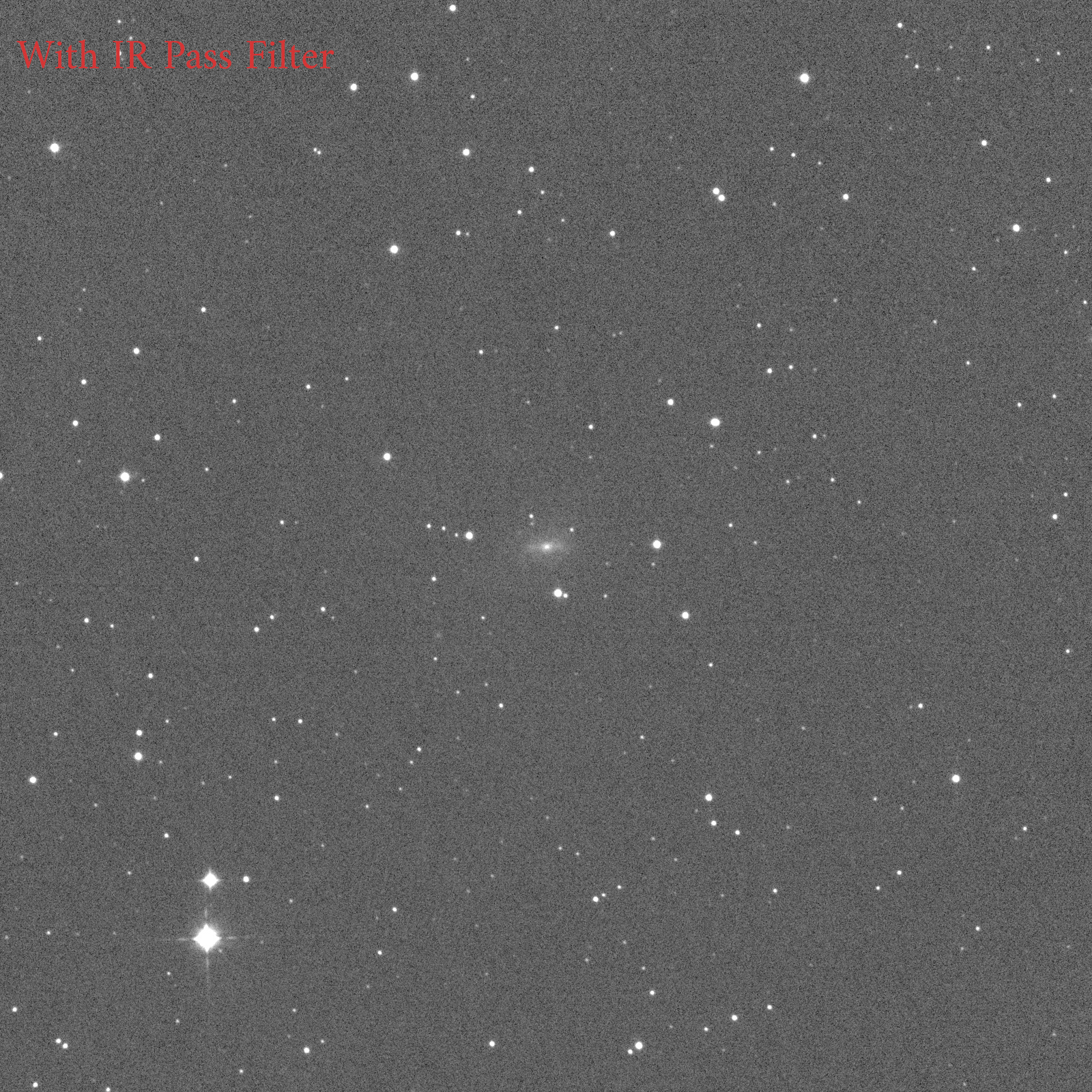
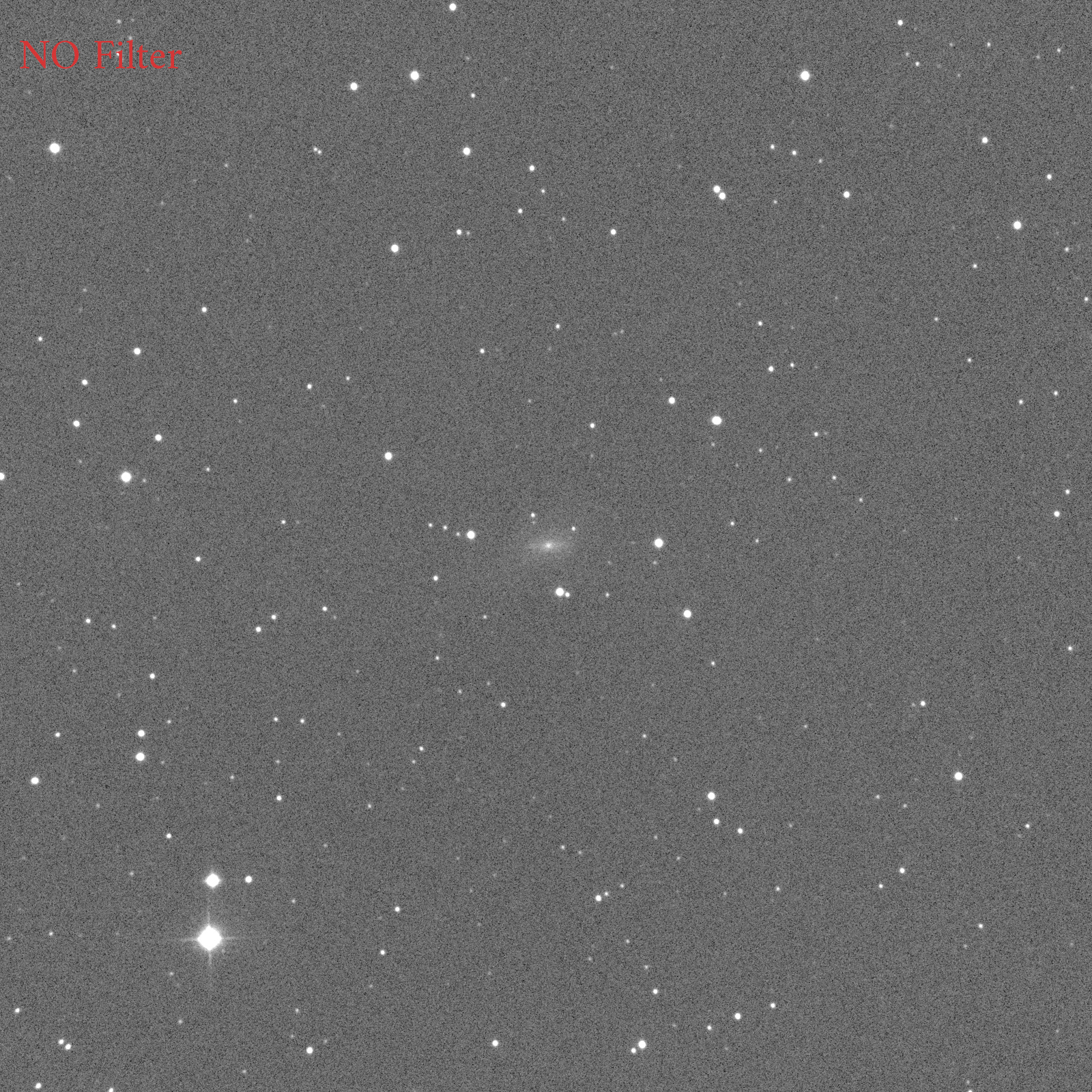
Comparison with NGC2244 in the Milky Way
Both are live stacked images of 2 seconds/frame x 30 frames using SharpCapPro.
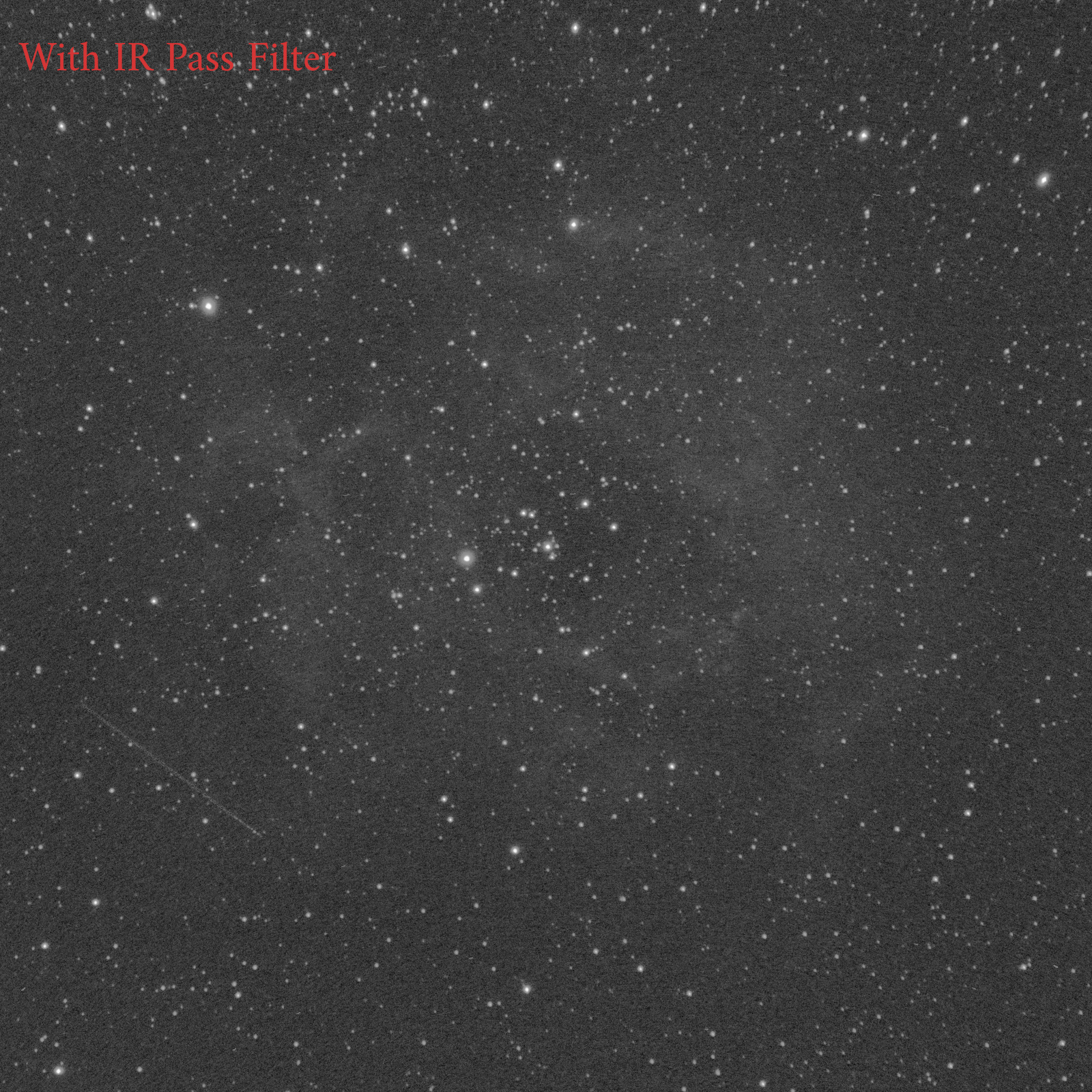
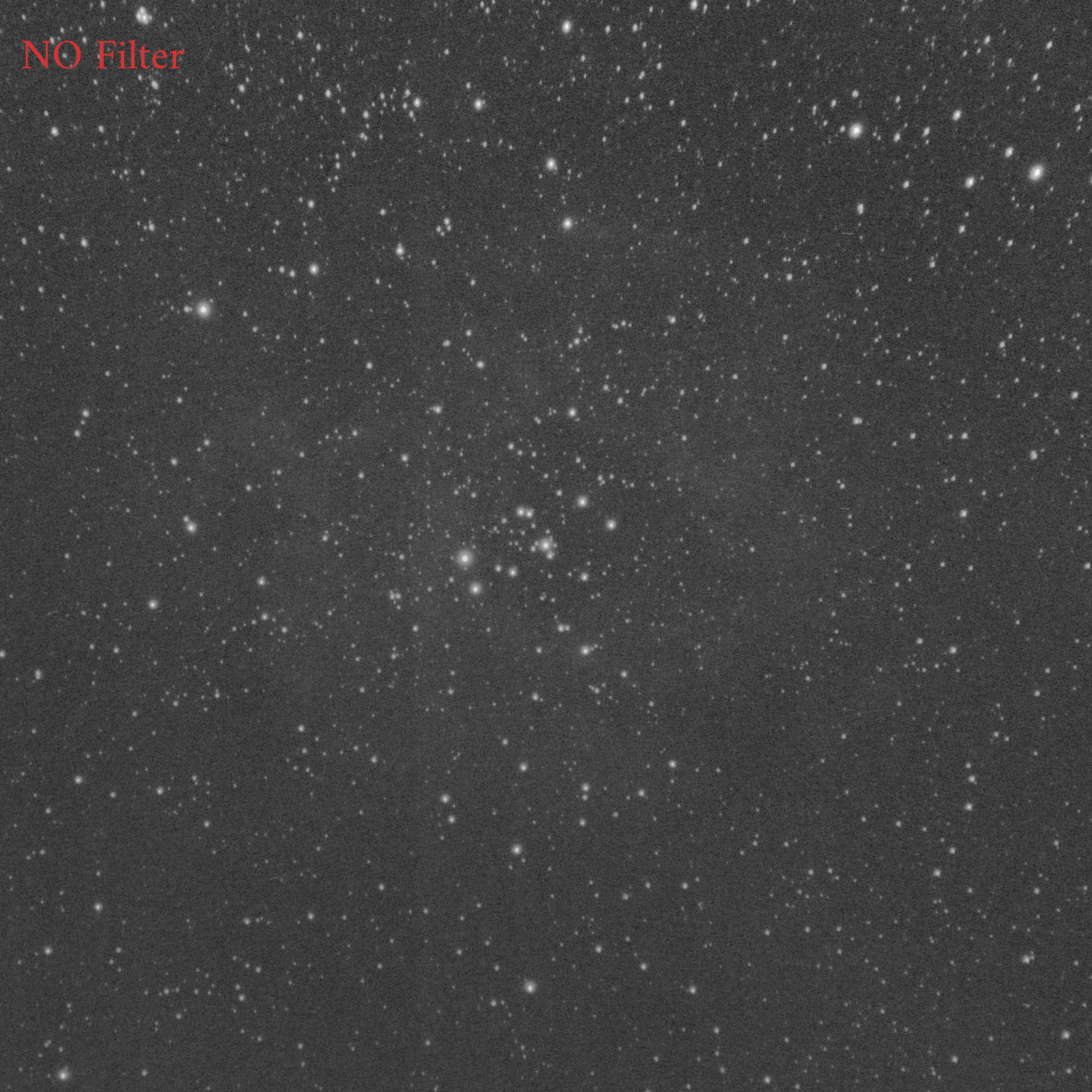
For EAA
The above images are the result of stacking a small number of short exposures of a few seconds, which is equivalent to the EAA case. For reference, here is a 285-second stacked image of Arp 273. For more longer stacked images of the same subject, see the gallery.
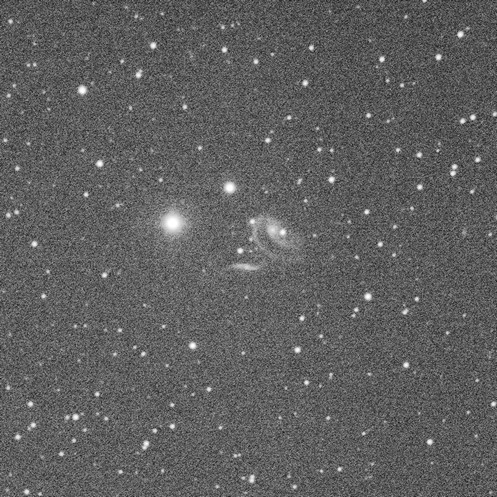
Conditions
- Celestron C11
- Starizona SCT Corrector LF II x0.7
- Astronomik ProPlanet 642 BP-IRpass
- ASI6200MM Pro LiveStacked with SharpCapPro 15 seconds x 19 subframes.
For astrophotography
For some higher quality astrophotography equivalent images, please visit the gallery.